This article introduces the VR work entitled Biotope by hyper-multimedia creator nyu. Information on how to view the work is provided at the end of the article.
What is Biotope
Biotope is a VR work by hyper-multimedia creator nyu.
The biotope concept emerged in Germany during the 1970s, when the importance of preserving living organisms in the natural environment was recognized. The term ‘biotope’ denotes a habitat for living organisms in which environmental conditions, such as topography, climate, and water, have been adjusted.
This world “biotope” represents the possibility of what might happen if the organisms on this planet evolved in a different way. If the organic and inorganic properties of single-celled organisms evolved in the same way, it would be possible to create an ecosystem with both properties. We hope you enjoy this garden of life, filled with the possibilities of living things.
Let us explore what kinds of ecosystems have been created in VR.
New Geometry Created by Living Organisms
In the darkness, a pink sphere gleams in the distance.
The sphere appears to contain a biotope that has evolved in its own unique way. Let us look inside.
Organisms that differ in size, texture, and color inhabit the space, each moving in its own unique way.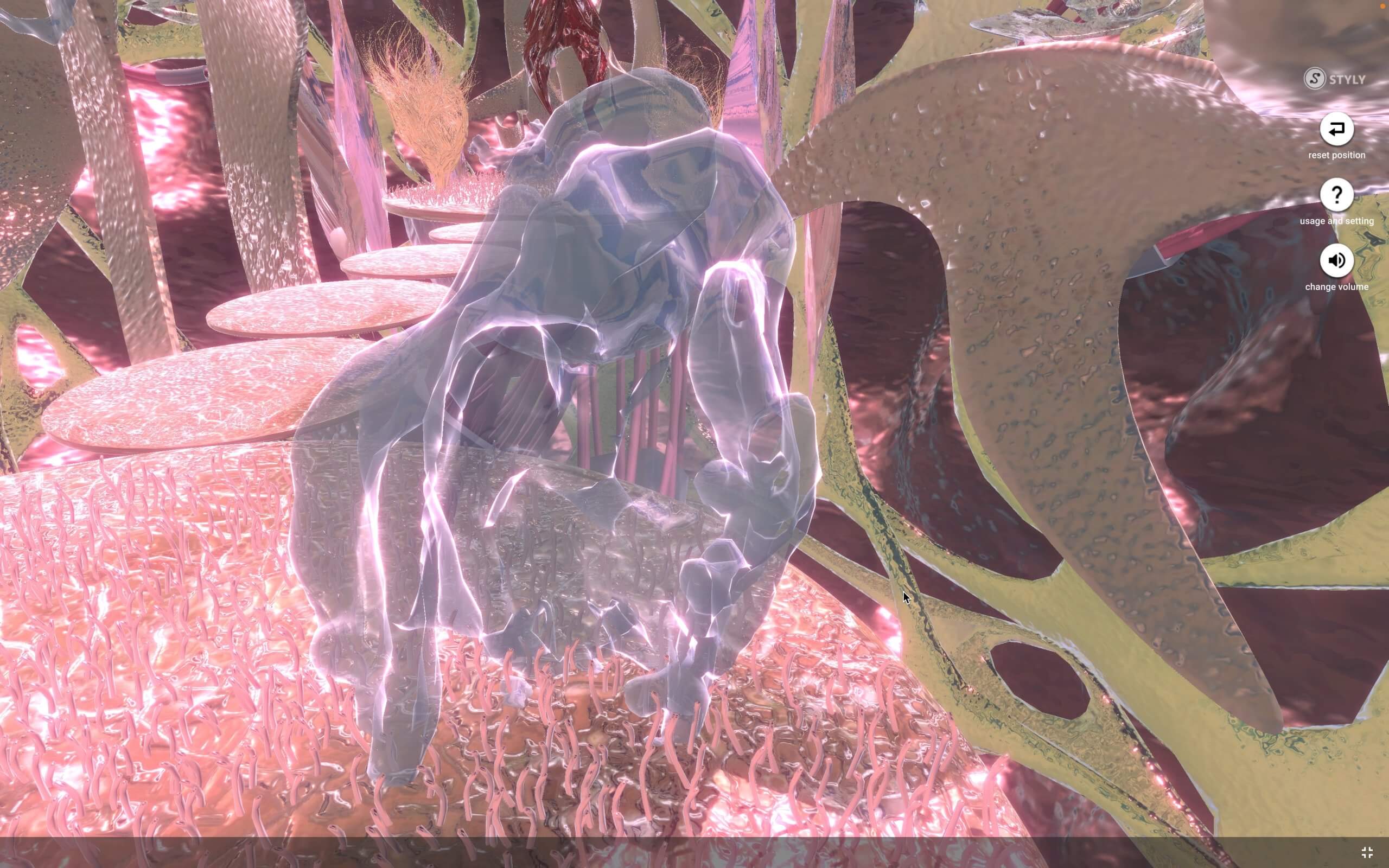
A transparent jellyfish-like creature stands as solid as a rock.
The inorganic materials possess a brilliance that is reminiscent of the lushness of underwater vegetation.
The surface contains numerous protuberances.
The surface contains numerous protuberances.
Even when viewed up close, it retains its mineral-like luster.
Organisms of various shapes and sizes are incorporated into the environment and cohabit the space, interacting with one another.
Stem-like organisms surround this environment from the outside, spreading in a mesh-like pattern.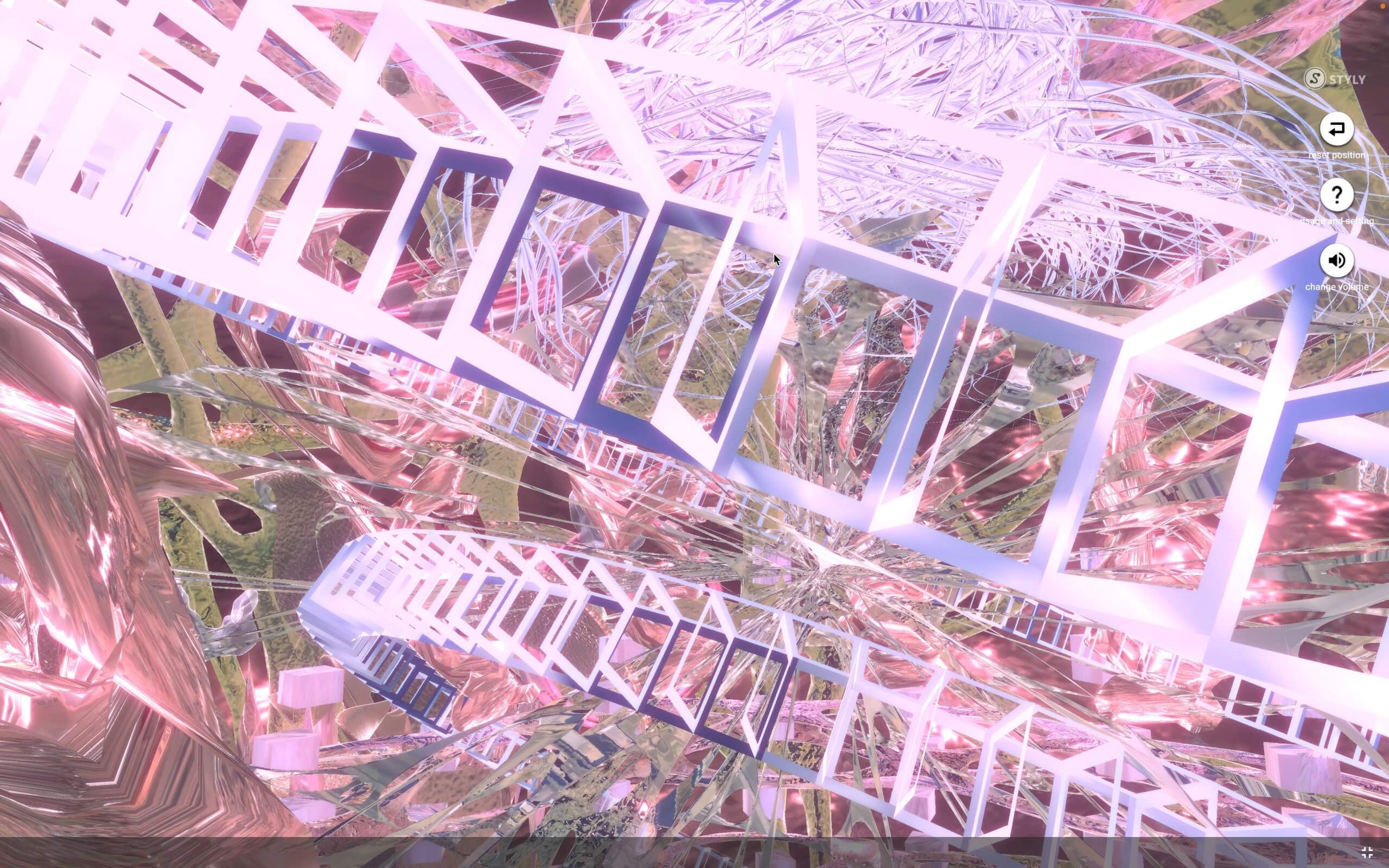
The rings, resembling roller coaster rails, continue to rotate as though protecting the organisms rooted in the center.
These roots have the hardness and luster of glass!
The intense light at the center of the space provides the organisms with continuous energy.
Artist
Artist Name : nyu
Born in 2000. Hyper-multimedia creator.
Instagram: https://www.instagram.com/remotecontrolclub/
Speculative Evolution
Speculative evolution imagines a world in which organisms have evolved to be simultaneously organic and inorganic, in which the earth on which we now live on was inhabited by organisms that are supple like plants but hard like metal and hard rocks that are also soft like jelly, organisms that are currently unthinkable on our planet.
These are speculatively evolved creatures.
Leo Lionni, perhaps best known as a writer of children’s picture books, also wrote a book that adopted a scholarly tone entitled Parallel Botany about imaginary plants that “live in a space-time limbo that we cannot perceive.” In it, he describes plants that have evolved in accordance with his imagined speculative evolution.
nyu’s Biotope is home to a wide variety of organisms. Come and witness the interactions and habitats of organisms that are far beyond our everyday perceptions.
How to experience a VR scene
If you are accessing this page from a smartphone, please click on the “Experience the Scene” button (*If you are experiencing the scene on a smartphone for the first time, please also refer to the following instructions).
After clicking, the following screen will be displayed.
If you have already downloaded the STYLY Mobile app, please select “Continue on Browser”.
You can then select “Play on Mobile App” to experience the scene.
If you have an HMD device, click the “Experience the Scene” button from your PC (web browser), then click the VR icon on the scene page.
Download the STYLY Mobile app
Download the Steam version of STYLY app
https://store.steampowered.com/app/693990/STYLYVR_PLATFORM_FOR_ULTRA_EXPERIENCE/
Download the Oculus Quest version of STYLY app
https://www.oculus.com/experiences/quest/3982198145147898/
For those who want to know more about how to experience the scene
For more information on how to experience VR scenes, please refer to the following article.
Edited by Sasanishiki
Translated by Sho Ishiwata
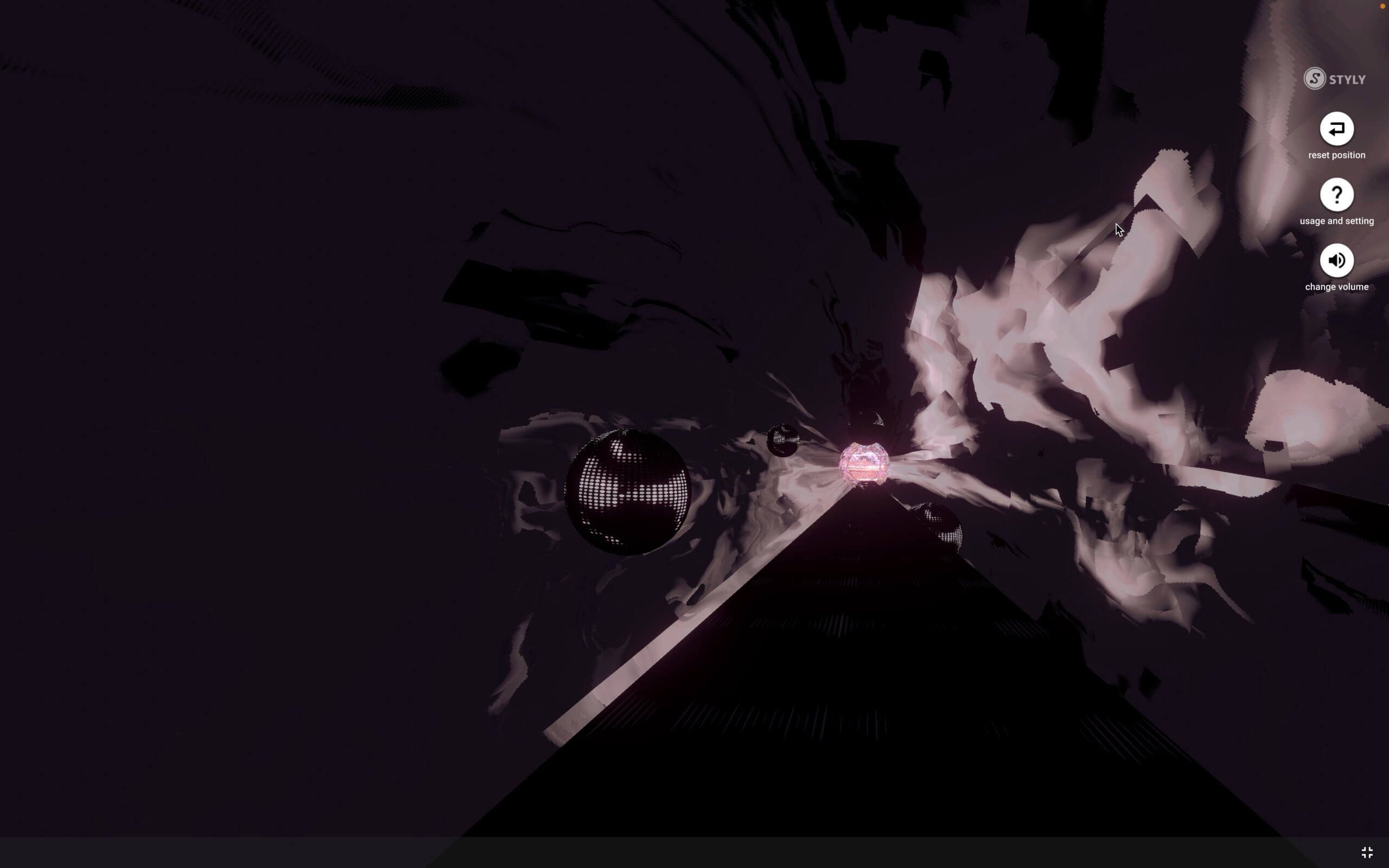
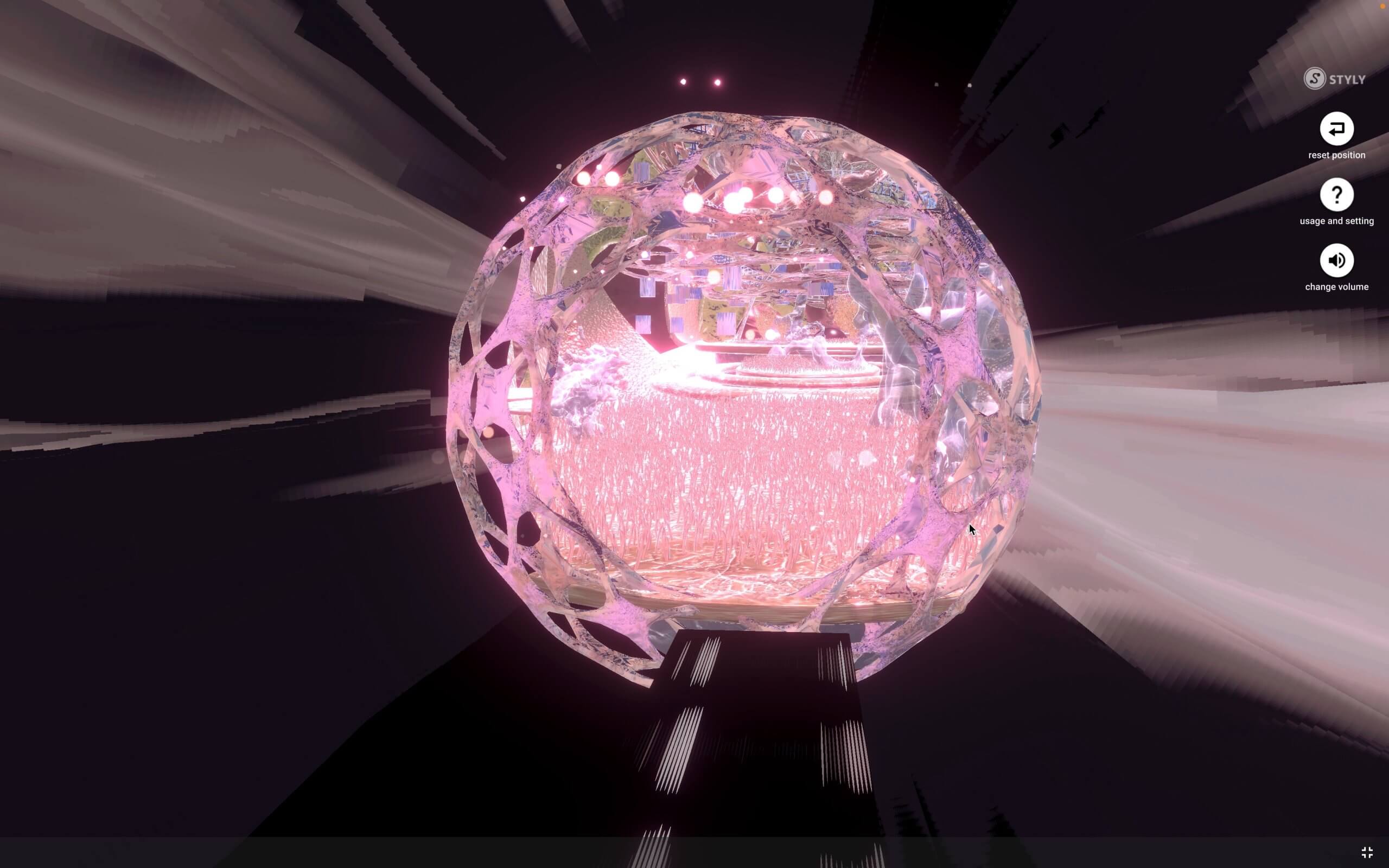
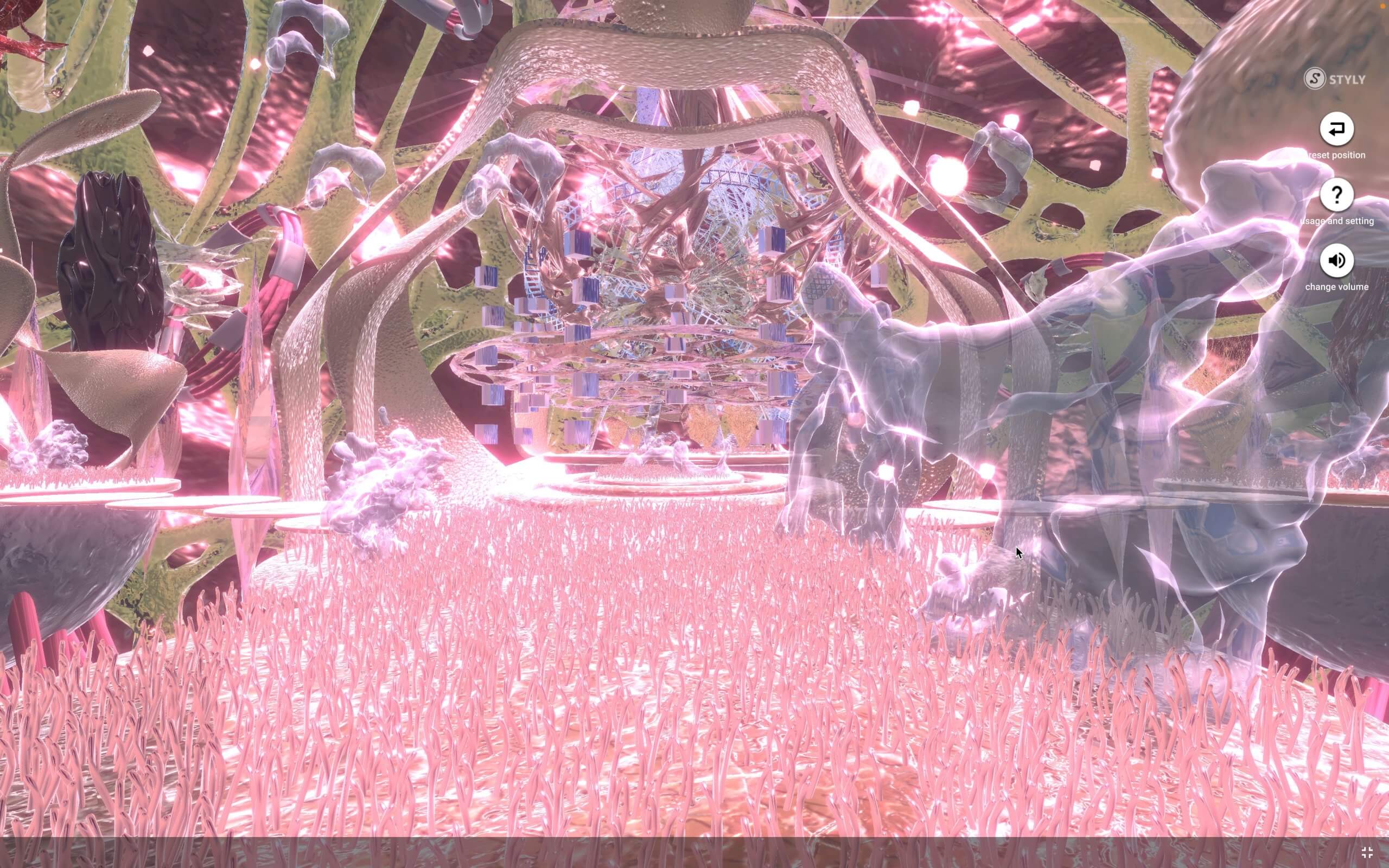
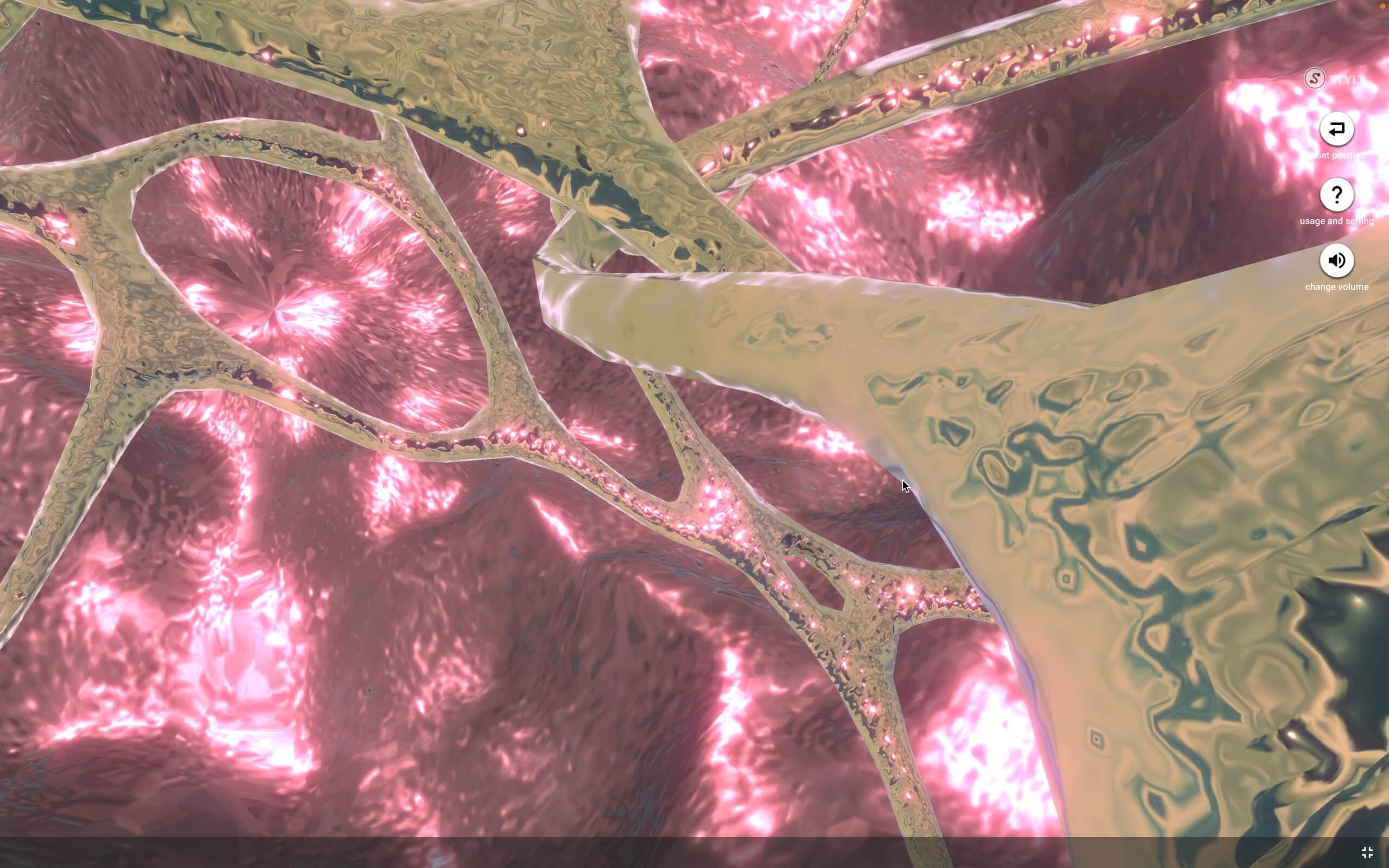
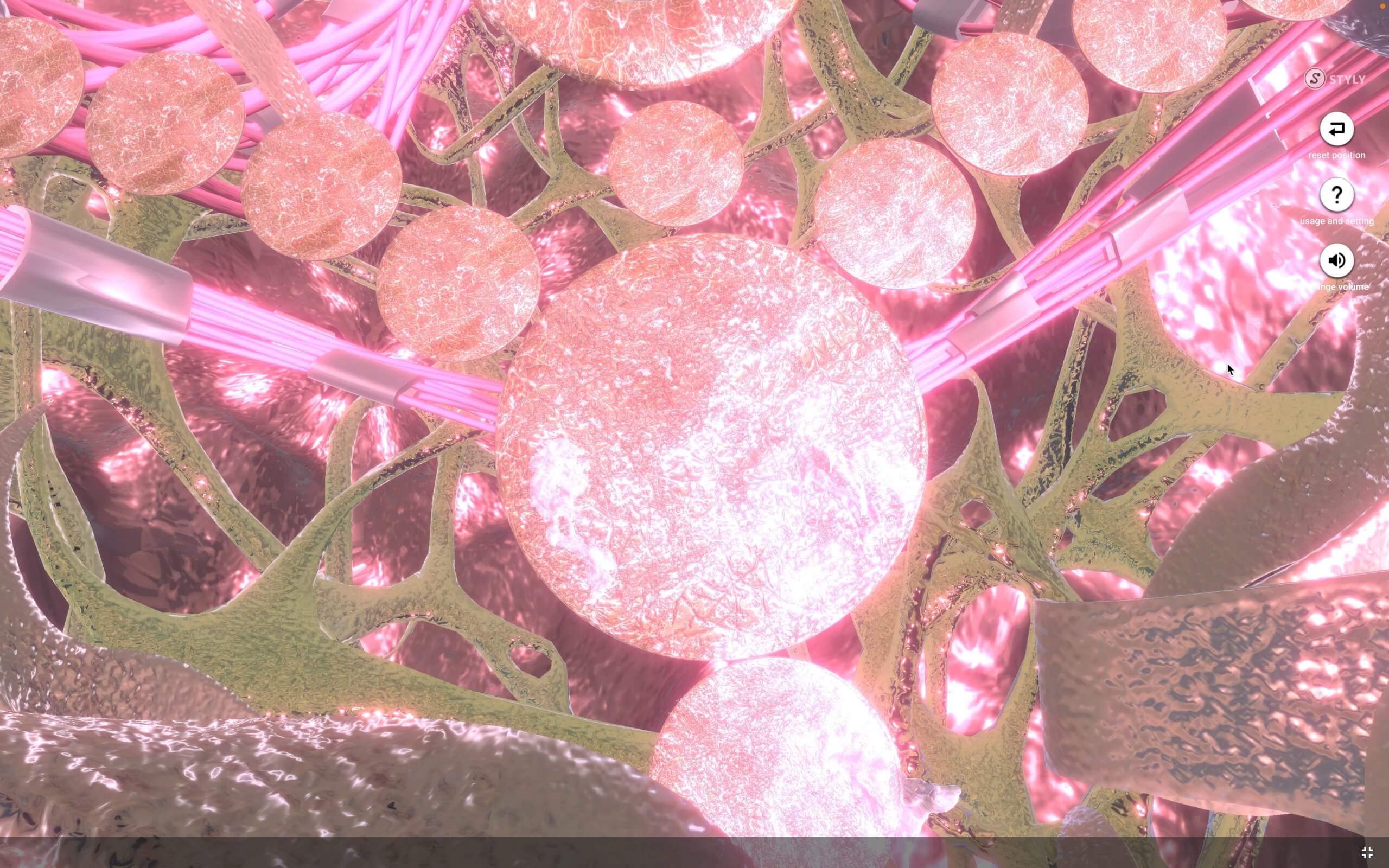

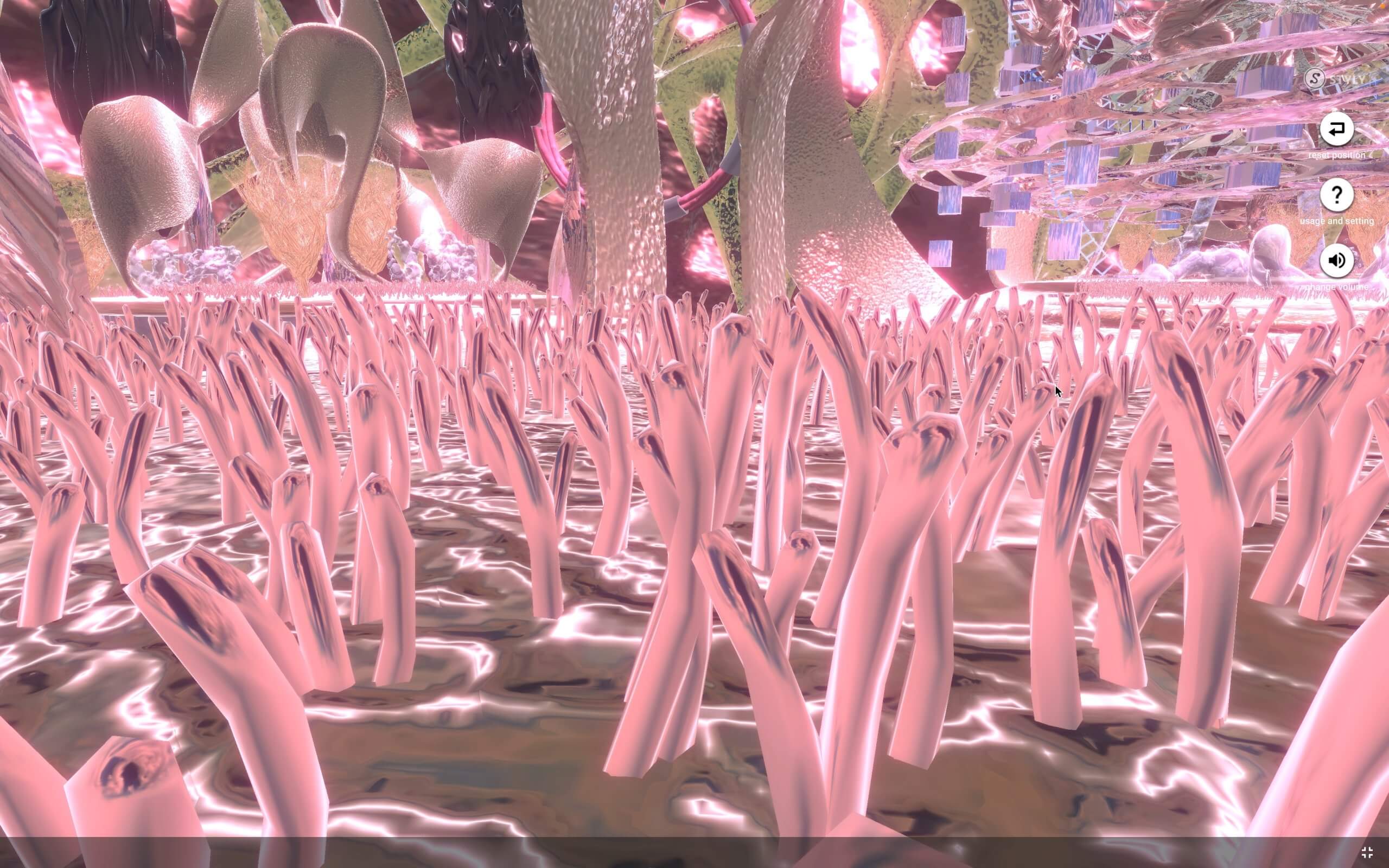
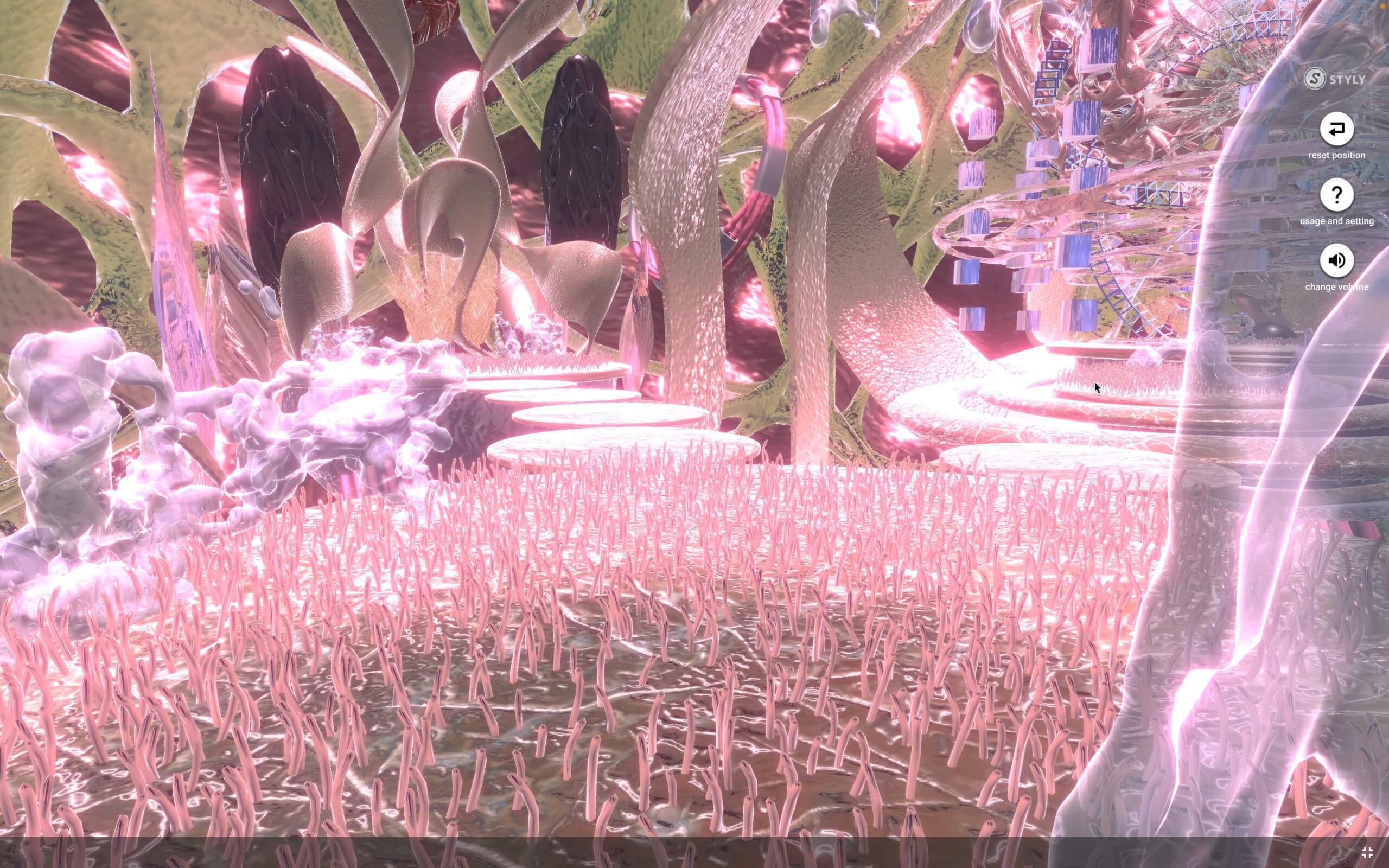
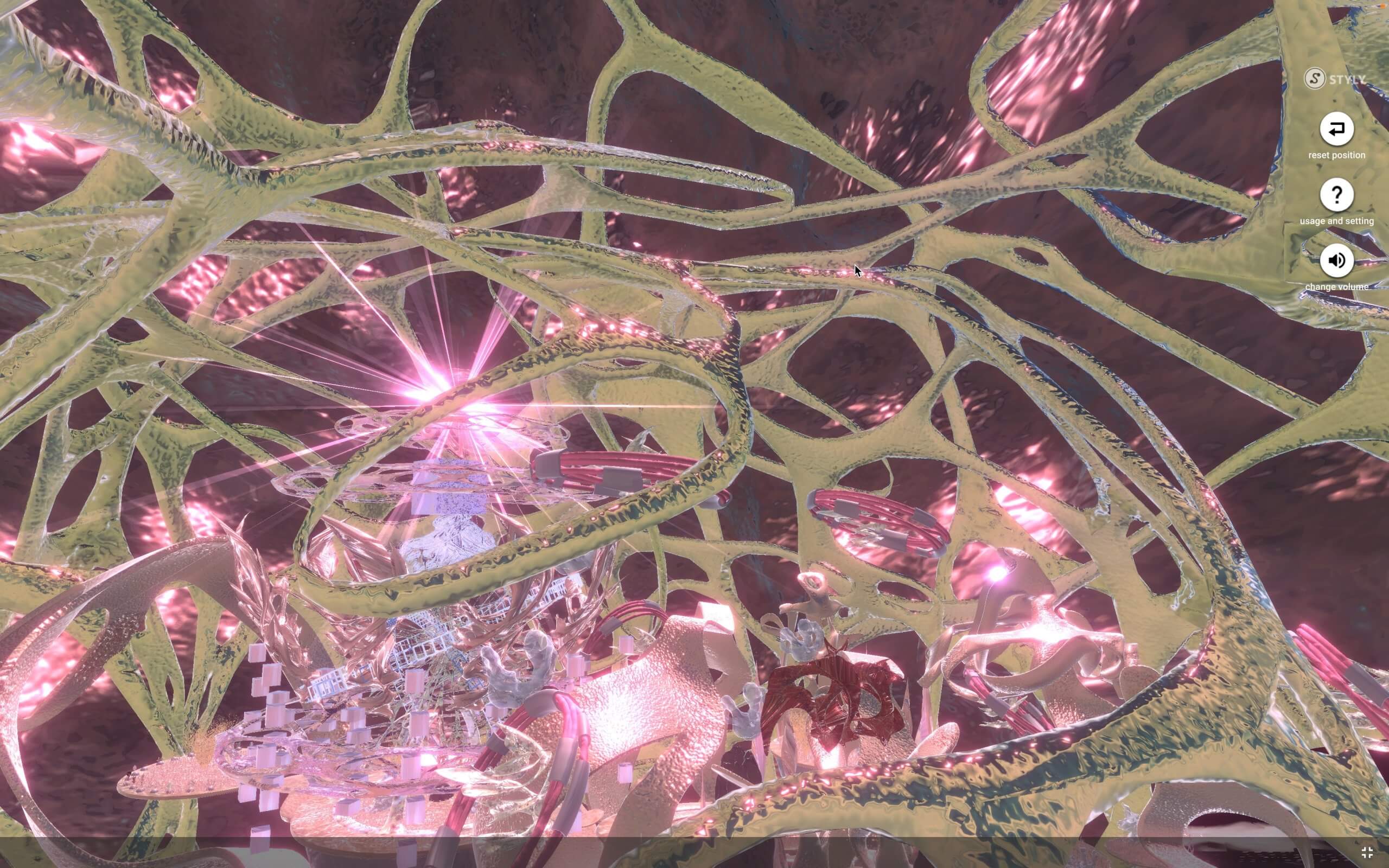
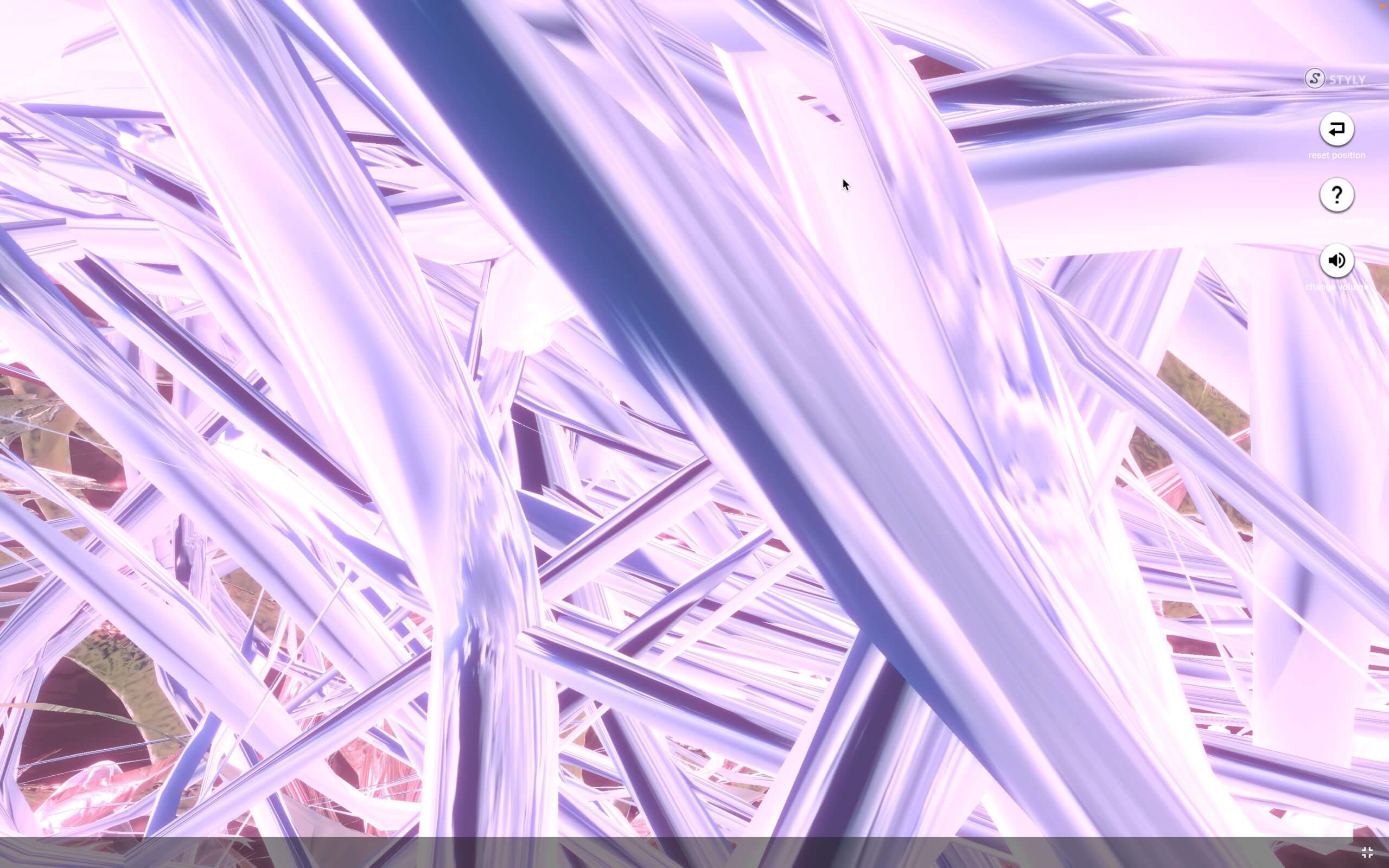
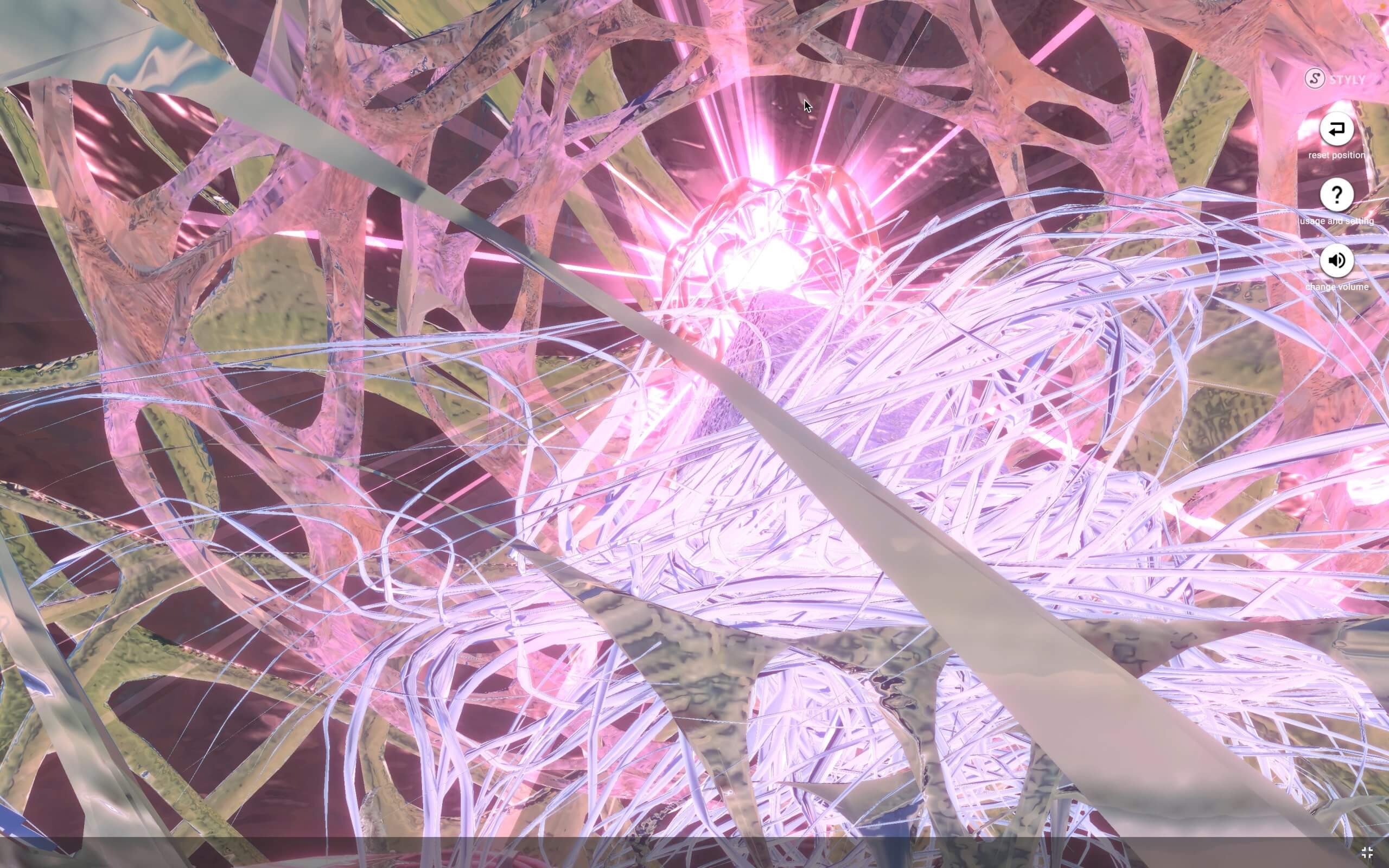
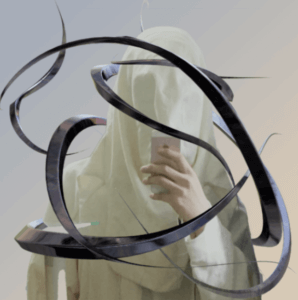





![[Summary] How to experience STYLY scenes VR/AR(Mobile) / Web Browser Introduction by step](https://styly.cc/wp-content/uploads/2020/04/スクリーンショット-2020-04-10-12.53.04-160x160.png)